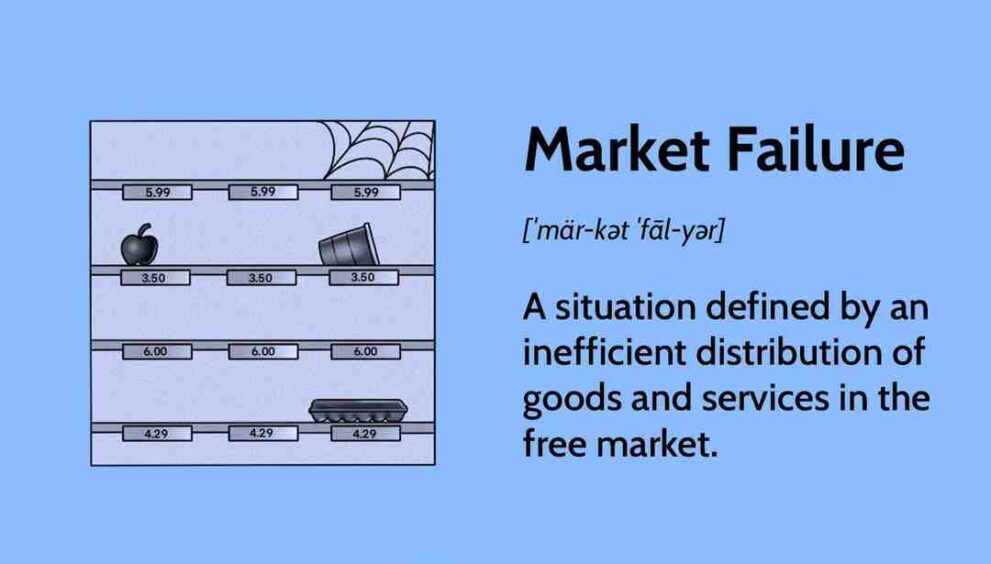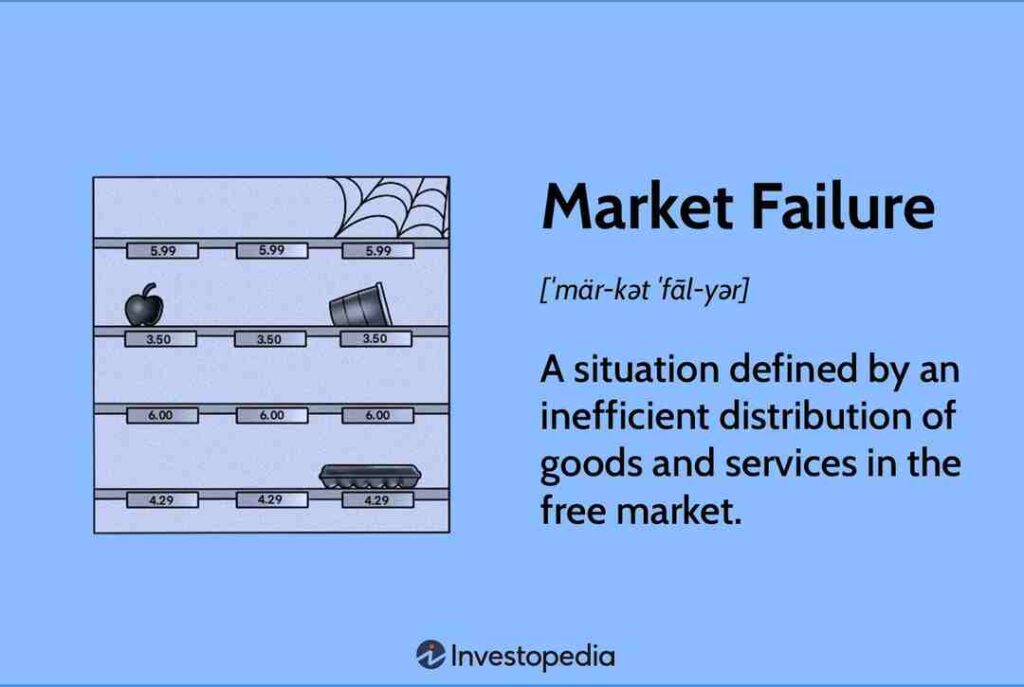Exploring Market Failures in Microeconomics

By Karishma Kiran
In the intricate tapestry of economic systems, the concept of market failure emerges as a critical thread that can unravel even the most carefully woven patterns. Microeconomics, the study of individual economic agents and their interactions, sheds light on the dynamics of markets. However, the acknowledgment of market failures is an essential aspect of understanding the limitations and imperfections inherent in these systems.
Defining Market Failure:
At its core, market failure refers to a situation in which the allocation of goods and services by a free market is not efficient. In other words, the invisible hand of the market, as proposed by Adam Smith, does not always guide resources to their most productive use. Market failures can manifest in various forms, and their repercussions can have far-reaching consequences on individuals, businesses, and society as a whole.

Externalities: The Unseen Hand’s Oversights
One prominent cause of market failure is externalities, the side effects of transactions that affect third parties who are not directly involved. Positive externalities, such as education and vaccination, result in benefits for society beyond the individuals directly engaged. On the flip side, negative externalities, like pollution and congestion, impose costs on others not engaged in the initial economic activity. The market often fails to account for these external effects, leading to overconsumption of harmful goods and underinvestment in beneficial ones.
Public Goods: When Excludability Excludes Efficiency
Public goods present another facet of market failure. These are goods that are non-excludable and non-rivalrous, meaning that once provided, individuals cannot be excluded from their consumption, and one person’s consumption does not diminish the availability for others. Classic examples include national defense and street lighting. The private sector tends to underinvest in public goods due to the free-rider problem, where individuals can benefit without contributing. This market failure underscores the importance of government intervention to ensure the provision of such goods.
Incomplete Information: The Market’s Blind Spots
Information asymmetry is a critical issue in markets. In cases where one party possesses more information than the other, market outcomes may deviate from the ideal. The classic example is the used car market, where sellers often have more information about the quality of the product than buyers. This asymmetry can lead to adverse selection, where low-quality goods dominate the market, and moral hazard, where one party changes its behavior because it knows the other party lacks full information. Regulation and disclosure requirements become necessary to address these information gaps and mitigate market failure.
Imperfect Competition: The Power Play
Perfect competition, an idealized market structure, is seldom a reality. Imperfect competition, characterized by monopolies, oligopolies, and monopolistic competition, introduces distortions that undermine the efficient allocation of resources. Monopolies, in particular, can abuse their market power to set prices higher than the competitive equilibrium, restricting output and harming consumer welfare. Antitrust laws and regulatory bodies aim to counteract these distortions, but market failures persist due to the challenges of enforcing and maintaining competition.
Income Inequality: The Dark Cloud Over Market Success
While income inequality is more often associated with macroeconomic considerations, it has microeconomic roots. Market failures exacerbate income inequality by limiting access to education, healthcare, and economic opportunities. Unequal distribution of resources can perpetuate a cycle of poverty, hindering overall economic growth and societal well-being. Government interventions, such as progressive taxation and social welfare programs, become essential to address these disparities and rectify market failures contributing to inequality.
Conclusion:
In the vast realm of microeconomics, the recognition of market failure is not an indictment of free markets but a call for a nuanced understanding of their limitations. Externalities, public goods, information asymmetry, imperfect competition, and income inequality are all manifestations of market imperfections that warrant careful consideration. As we navigate the complex web of economic interactions, acknowledging these failures is crucial for crafting effective policies and ensuring that the invisible hand guides us towards a more equitable and efficient future.
The writer is currently pursuing an MPhil in Economics at PIDE Islamabad

 English
English 







































































































